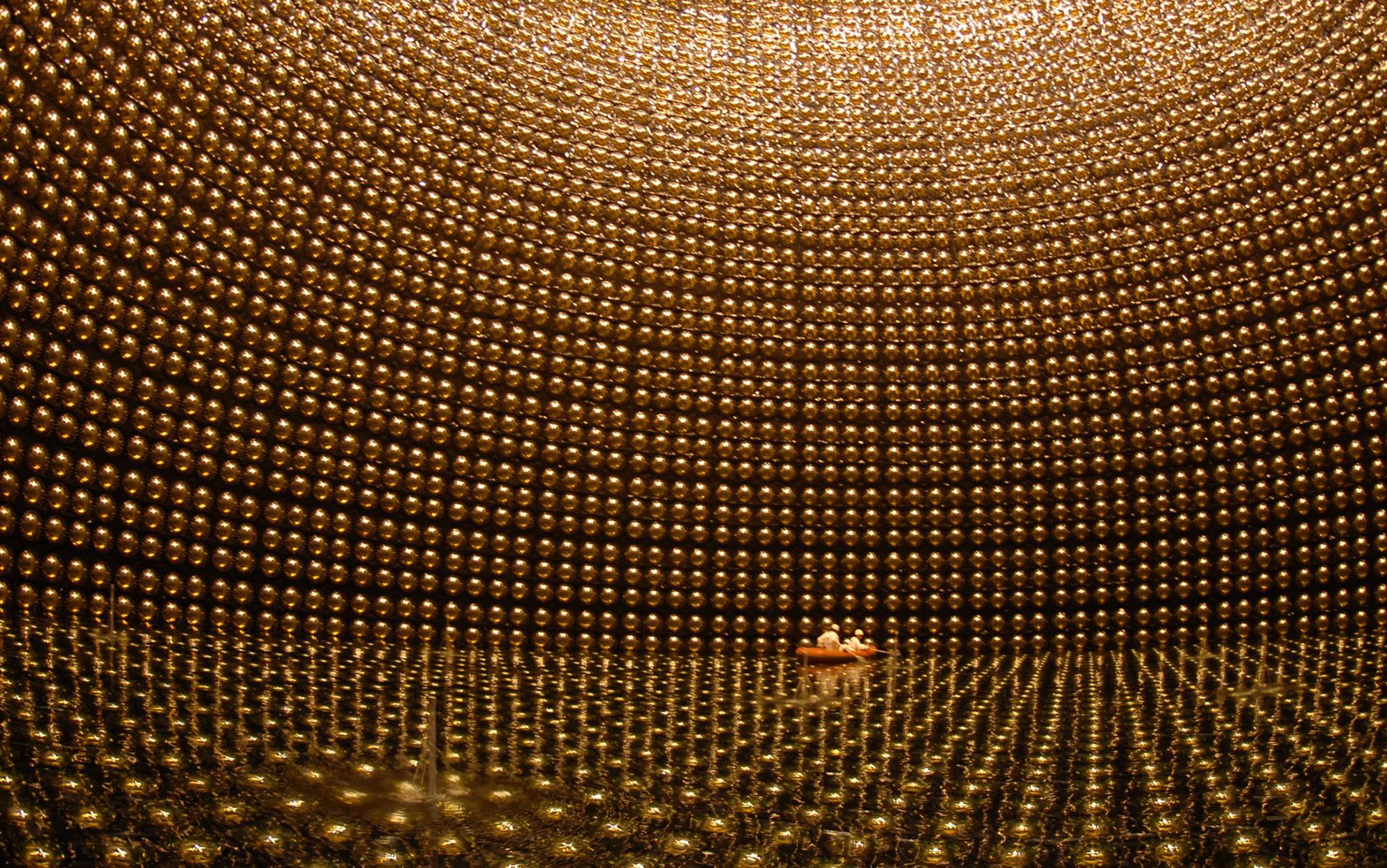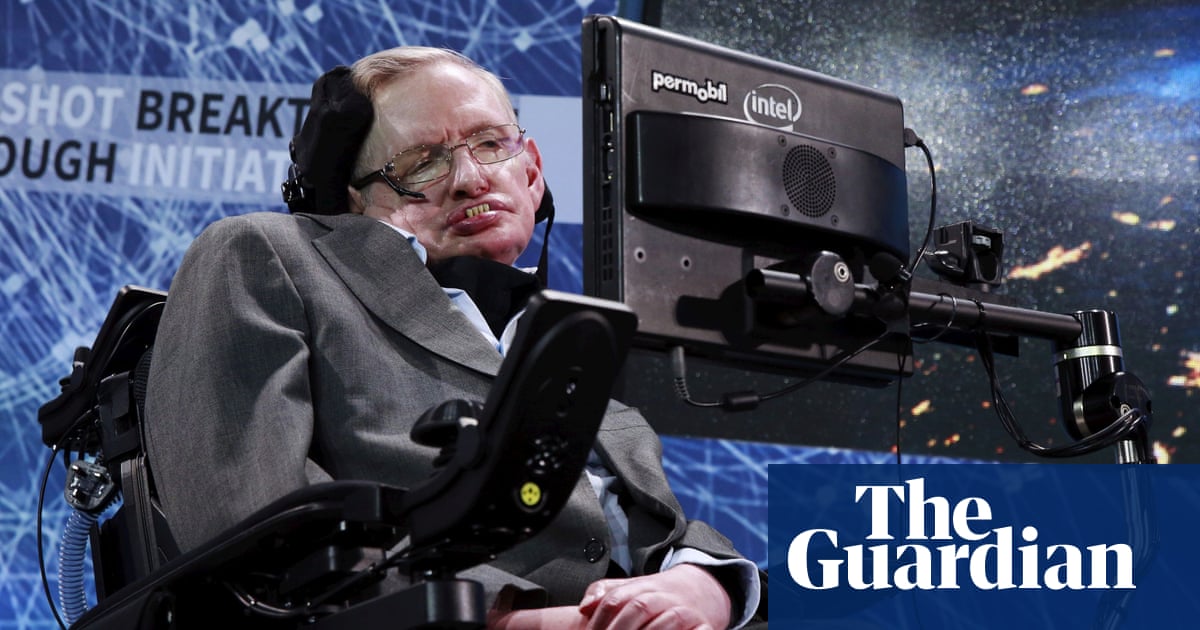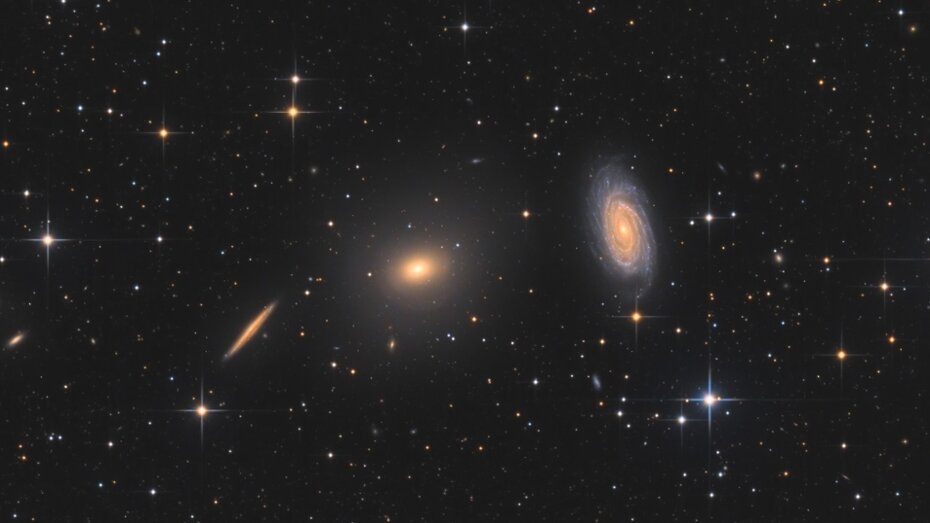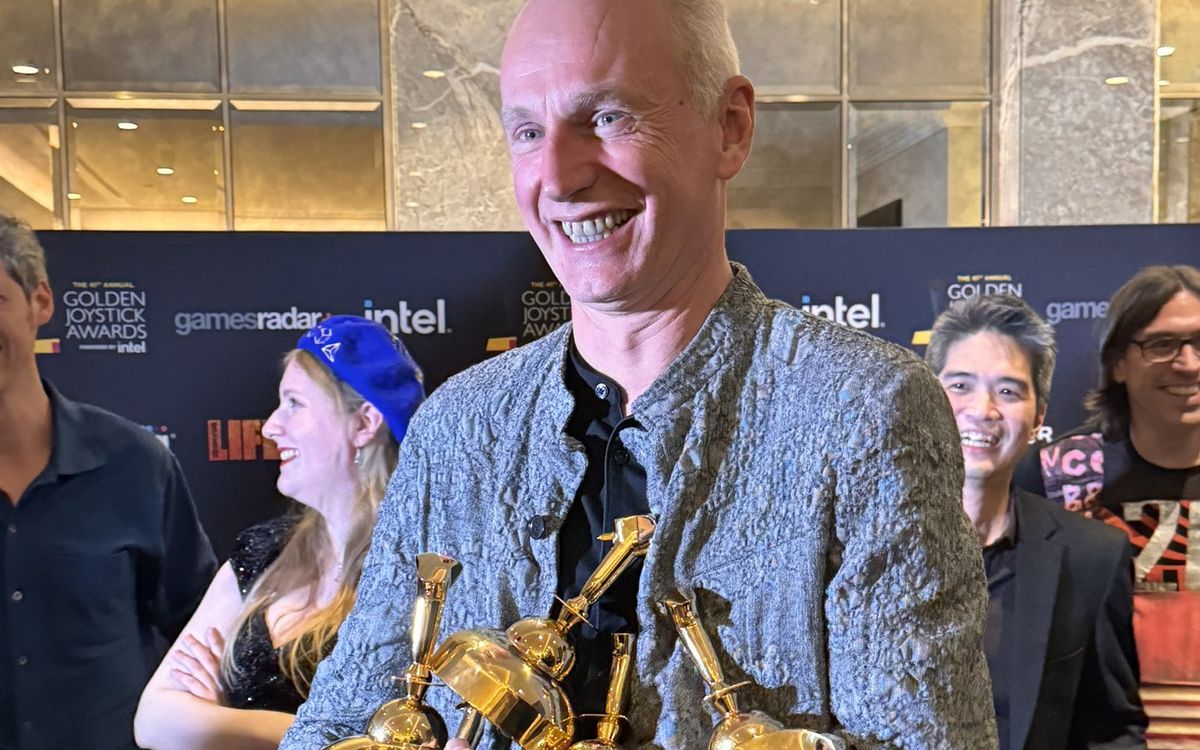
The unified Universe
Scientists during the refurbishment of the Super-Kamiokande neutrino observatory, 1,000 metres below Mount Ikeno in Japan. Photo courtesy of Kamioka Observatory, Institute for Cosmic Ray Research, University of Tokyo
Scientists during the refurbishment of the Super-Kamiokande neutrino observatory, 1,000 metres below Mount Ikeno in Japan. Photo courtesy of Kamioka Observatory, Institute for Cosmic Ray Research, University of Tokyo
Scientists during the refurbishment of the Super-Kamiokande neutrino observatory, 1,000 metres below Mount Ikeno in Japan. Photo courtesy of Kamioka Observatory, Institute for Cosmic Ray Research, University of Tokyo
is professor of physics at the Leinweber Center for Theoretical Physics, University of Michigan. He is the author of Effective Theories in Physics: From Planetary Orbits to Elementary Particle Masses (2012) and Discovery Beyond the Standard Model of Elementary Particle Physics (2020).
When trying to explain what motivates me as a physicist, the film A Passage to India (1984) comes to mind. Based on the play by Santha Rama Rau, adapted from the novel by E M Forster, it describes the fallout from a rape case in the fictional city of Chandrapore, during the British Raj in India in the 1920s. What keeps the viewer’s attention is the subtlety of the relationships between the characters – particularly the fragile friendship between the man accused of the rape, Dr Aziz, and an Englishman, Mr Fielding. Data about identity alone, such as race, class, gender or educational status, can never reveal these dynamics nor capture why they fascinate us. When the case arrives in court, ostensibly similar people behave very differently in relation to the defendant. The dynamics of individual behaviour trump any immutable labels we might apply; yet these static labels also impose constraints on just how far any individual can go. We watch, we theorise, and we update our knowledge of the characters and the forces at work. By the end, we find that Fielding and Aziz are more alike than we’d thought, having created a new bond on the basis of a more complete understanding of one another.
























